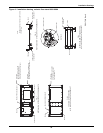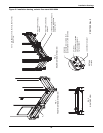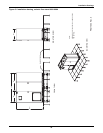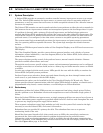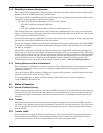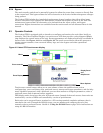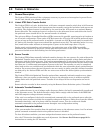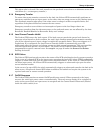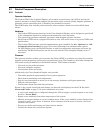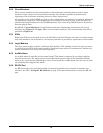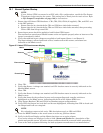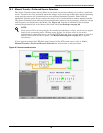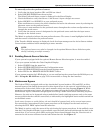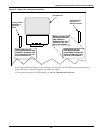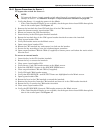
Theory of Operation
62
9.2 Detailed Component Description
9.2.1 Controls
Operator Interface
The Liebert STS2 Color Graphical Display unit contains a touch screen color LCD to provide the
operator interface to control and configure the operation of the unit and quickly diagnose problems. A
password and an optional keylock, if installed, are provided for security.
The LED Display unit includes push buttons for source transfer, alarm reset and audible alarm
silence.
Hardware
• The Liebert STS2 operator interface in the Color Graphical Display unit is designed to provide all
of the information required to configure and monitor the unit’s operation.
• The control logic performs automatic operations with minimal operator interface.
• Each Liebert STS2 unit is equipped with either a color LCD touch screen or a panel of LEDs and
push buttons.
• The Liebert STS2 can have optional communication ports installed. See 6.0 - Options and 12.0 -
Communication Interfaces on page 76 for more information on communication options.
• On LED Display units, the RS-232 interface is used for configuration and status and event log
monitoring. The RS-232 interface can also be used with the Color Graphical Display units, if
necessary.
Firmware
The operator interface enables you to monitor the Liebert STS2, to configure set points for transfers,
monitor system parameters and access event and history logs. The firmware is accessible through the
LCD touch screen (if installed) or the RS-232 interface. The firmware includes:
• View and set the preferred source.
• View and configure setpoints.
• View alarms, faults and status.
Additionally, the Color Graphical Display unit provides:
• The mimic graphical representation of the systems operation.
• Menu driven monitoring and configuration.
• Step-by-step instructions to assist you in the startup, shutdown and bypass operations.
• Help on event messages.
• Touch screen alarm reset and silence buttons.
Events in the system, both faults and alarms, are detected and displayed on the LCD. See 11.0 -
Alarm and Faults on page 71 for more information on events.
• A set of event masks can be configured through the LCD to trigger a system response to an event.
See 11.1 - Event Mask.
• Report event conditions from other components of the system.
• Monitor and report changes in event condition states. If the event condition’s state changes from
inactive to active, a new event is detected. If the transition is from active to inactive, the event
condition has cleared.
• Process new faults and alarms, and clear inactive alarms.
• Provide the alarm reset and silence options.



